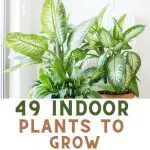Indoor gardening not only does it bring a touch of nature into our homes, but it also offers a variety of benefits for our health and well-being.
Indoor plants have been shown to improve air quality, reduce stress levels, enhance mood, and increase productivity.
However, to reap the full benefits of indoor gardening, it’s essential to choose the right plants for your space and personal preferences.
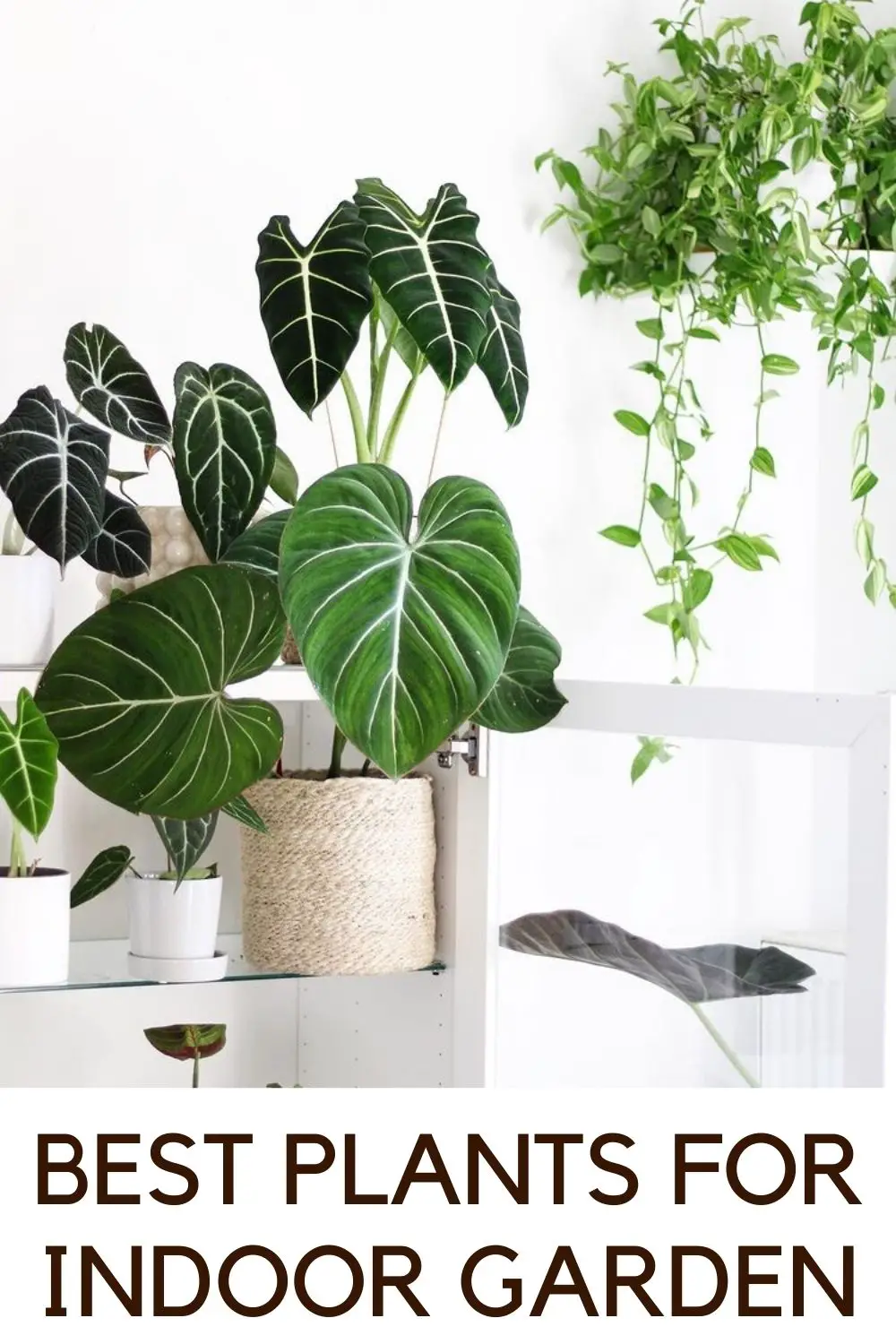
BEST PLANTS FOR INDOOR GARDENING
The selection of indoor plants available can be overwhelming, and selecting the wrong ones can lead to disappointment or difficulty in keeping them alive.
In this article, we’ll provide you with a comprehensive guide on the best plants for indoor gardening, along with tips on how to choose the right varieties for your home.
Whether you are an experienced gardener or a beginner, this guide will help you select the perfect plants for your indoor space, so you can enjoy the many benefits of indoor gardening.
FACTORS TO CONSIDER WHEN CHOOSING INDOOR PLANTS

When choosing indoor plants, there are several factors to consider, including:
- Light Requirements: Different plants have different light requirements. Some plants prefer bright, direct sunlight, while others can thrive in low-light conditions. Make sure to choose plants that are suitable for the amount of light available in the room where they will be placed.
- Watering Needs: Some plants require more water than others, and overwatering or underwatering can harm the plant. Consider how often you are willing to water your plants and choose plants that are suited to your schedule.
- Space: Consider the size of the room where the plants will be placed, as well as the available space for the plants themselves. Choose plants that will fit comfortably in the space and not overwhelm the room.
- Humidity: Some indoor plants thrive in high-humidity environments, while others do better in drier conditions. Consider the humidity level of the room where the plants will be placed and choose plants that can tolerate the conditions.
- Maintenance: Some plants require more care and attention than others, including regular pruning and fertilizing. Consider how much time and effort you are willing to invest in caring for your indoor plants.
- Pets and Children: If you have pets or small children, it is important to choose plants that are safe for them. Some plants can be toxic if ingested, so make sure to research the safety of any plants before bringing them into your home.
- Personal Preference: Ultimately, the plants you choose should be ones that you enjoy and that fit with your personal style and aesthetic. Consider the colors, shapes, and textures of the plants, as well as any specific plants that you find particularly appealing.
TOP 5 BEST INDOOR PLANTS FOR BEGINNERS
For beginners, it’s best to choose indoor plants that are easy to care for and can tolerate a range of conditions.
Here are the top 5 best indoor plants for beginners:
1. Snake Plant: 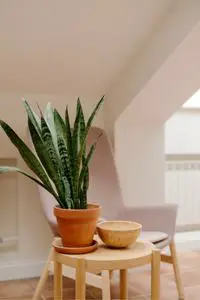
Also known as “mother-in-law’s tongue,” the snake plant is an extremely resilient plant that can survive in a range of light and humidity conditions.
It requires very little water and is excellent for improving indoor air quality.
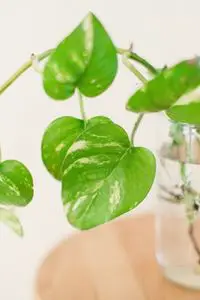 2. Pothos:
2. Pothos:
Pothos is a trailing vine that can grow in low to bright light conditions. It is easy to propagate, meaning you can easily grow new plants from cuttings.
Pothos is also great at purifying the air.
3. ZZ Plant: 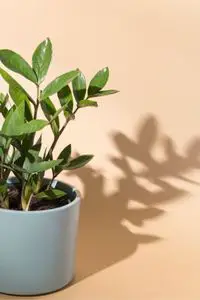
The ZZ plant is a low-maintenance plant that can thrive in a range of light conditions, from low to bright.
It can survive with very little water and can tolerate dry indoor air.
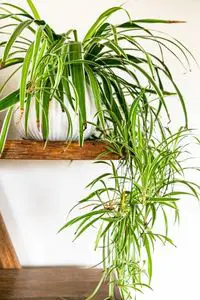 4. Spider Plant:
4. Spider Plant:
Spider plants are easy to care for and can grow in a range of light conditions, from bright to low light.
They are also great for improving indoor air quality.
5. Peace Lily: 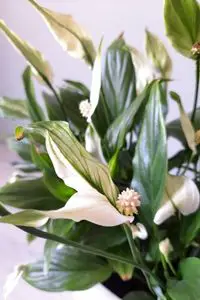
The peace lily is a popular houseplant that can thrive in low to bright light conditions.
It requires moderate watering and is great at removing toxins from the air.
These plants are all relatively easy to care for, making them ideal for beginners who are just starting out with indoor plants.
TOP 5 BEST INDOOR FLOWERING PLANTS
Indoor flowering plants can add color and beauty to your home throughout the year. Here are the top 5 best indoor flowering plants:
 1. Orchids:
1. Orchids:
Orchids are known for their beautiful, intricate blooms and are often considered one of the most elegant indoor flowering plants.
They require bright, indirect light and moderate watering.
2 African Violets: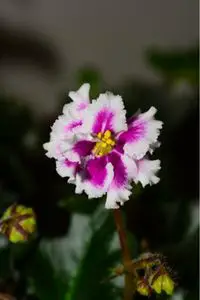
African violets are known for their delicate purple, blue, and pink flowers.
They require moderate light and watering and are best suited to a slightly humid environment.
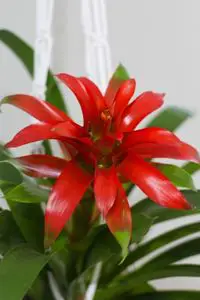 3. Bromeliads:
3. Bromeliads:
Bromeliads are tropical plants that produce colorful flowers that last for several weeks. They require bright, indirect light and occasional watering.
4. Christmas Cactus: 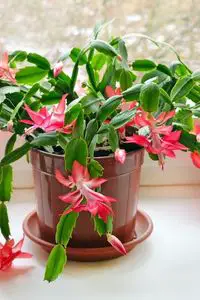
Christmas cacti are popular indoor flowering plants that produce beautiful red, pink, or white blooms around the holiday season.
They require moderate light and watering.
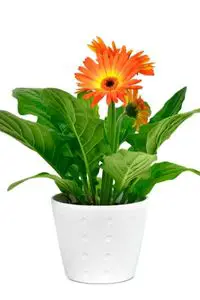 5. Gerbera Daisies:
5. Gerbera Daisies:
Gerbera daisies produce bright, colorful blooms in shades of pink, red, orange, and yellow.
They require bright, direct light and moderate watering.
These indoor flowering plants can add a burst of color and beauty to your home, and they are all relatively easy to care for with proper attention to light and watering requirements.
TOP 5 BEST EDIBLE PLANTS FOR INDOOR GARDENING
Indoor gardening can be a great way to grow your own fresh produce, even if you don’t have access to an outdoor garden.
Here are the top 5 best edible plants for indoor gardening:
1. Microgreens: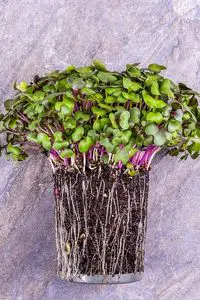
Microgreens are young plants that are harvested before they reach maturity, usually within a week or two of germination.
They can be grown in small containers and are a great source of vitamins and minerals.
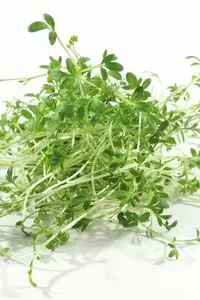 2. Herbs:
2. Herbs:
Herbs such as basil, cilantro, parsley, and thyme are easy to grow indoors and can be used in a variety of recipes.
They require moderate light and watering.
Check out 10 Indoor Herbs to be grown on the window sill.
3. Tomatoes: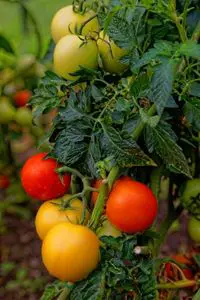
Cherry tomatoes can be grown in containers indoors and can produce an abundant crop with proper care.
They require bright, direct light and consistent watering.
 4. Peppers:
4. Peppers:
Peppers can be grown indoors in containers and can produce a variety of sweet or spicy peppers.
They require bright, direct light and regular watering.
5. Mushrooms:
Mushrooms can be grown indoors in a variety of ways, including growing kits or using a substrate to grow your own mushrooms.
They require a warm, humid environment and can produce a bountiful crop in a small space.
These indoor edible plants can be grown in containers or small gardens, and with the right care and attention, they can provide a delicious source of fresh produce year-round.
TOP 5 AIR-PURIFYING PLANTS FOR INDOOR GARDENING
Air-purifying plants are an excellent way to improve indoor air quality by removing harmful toxins and pollutants from the air. Here are the top 5 best air-purifying plants for indoor gardening:
1. Spider Plant: 
Spider plants are excellent at removing toxins such as formaldehyde and carbon monoxide from the air.
They are easy to grow and can tolerate a range of lighting conditions.
 2. Snake Plant:
2. Snake Plant:
Also known as “mother-in-law’s tongue,” snake plants are one of the best air-purifying plants available.
They are particularly effective at removing toxins from the air at night.
3. Peace Lily:
Peace lilies are known for their beautiful white flowers and their ability to remove toxins such as benzene and formaldehyde from the air.
They require moderate light and watering.
4. English Ivy:
English ivy is an excellent air-purifying plant that can remove harmful pollutants from the air such as benzene, formaldehyde, and xylene.
It requires moderate watering and can grow in a range of lighting conditions.
5. Areca Palm:
Areca palms are effective at removing toxins such as formaldehyde and xylene from the air.
They require bright, indirect light and regular watering.
These air-purifying plants are not only effective at improving indoor air quality but also easy to care for, making them a great choice for indoor gardening.
MY TAKE ON BEST PLANTS FOR INDOOR GARDENING
Indoor gardening is a great way to bring nature indoors and enjoy the benefits of fresh plants in your home.
Choosing the right plants is key to success, and it’s important to consider factors such as light, humidity, and watering requirements when selecting indoor plants.
For beginners, easy-to-care-for plants such as snake plants, pothos, and ZZ plants are great choices.
Those interested in indoor flowering plants may want to consider orchids, African violets, and Christmas cacti.
For those interested in edible plants, microgreens, herbs, tomatoes, and peppers are great options, while air-purifying plants such as spider plants, snake plants, and peace lilies are excellent choices for improving indoor air quality.
Overall, starting an indoor garden with the right plants can be a rewarding and enjoyable experience, and can provide many benefits for your home and health.
